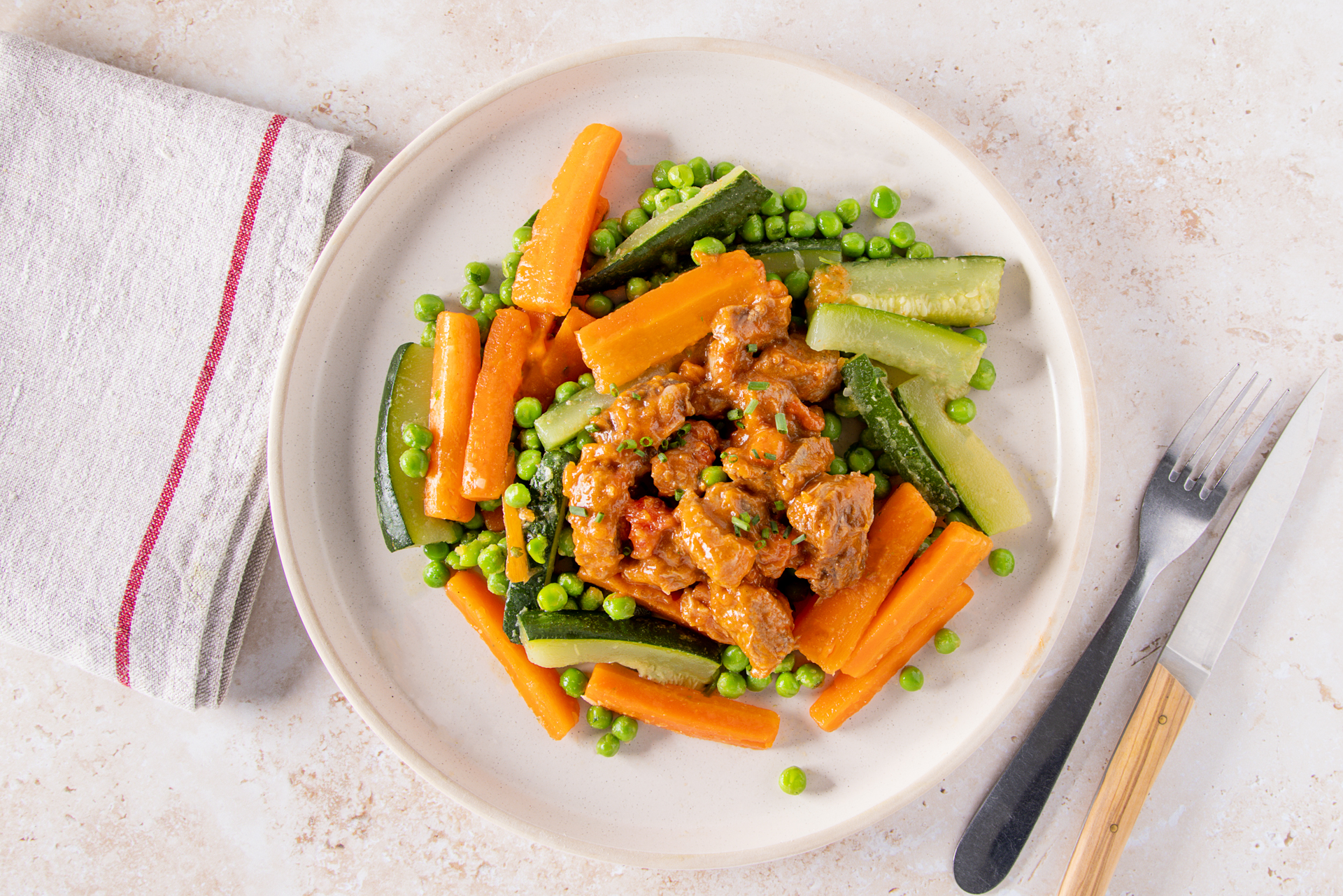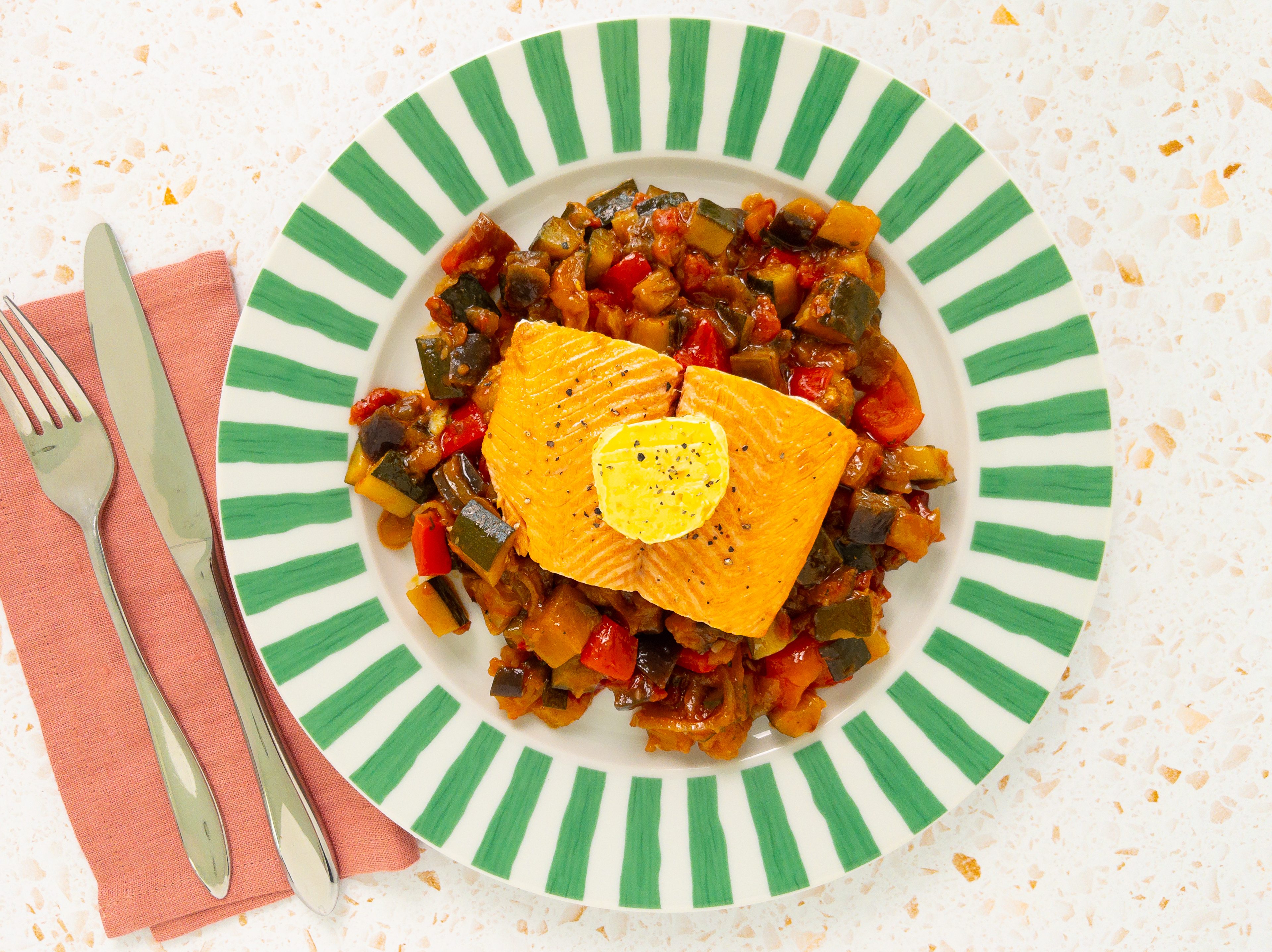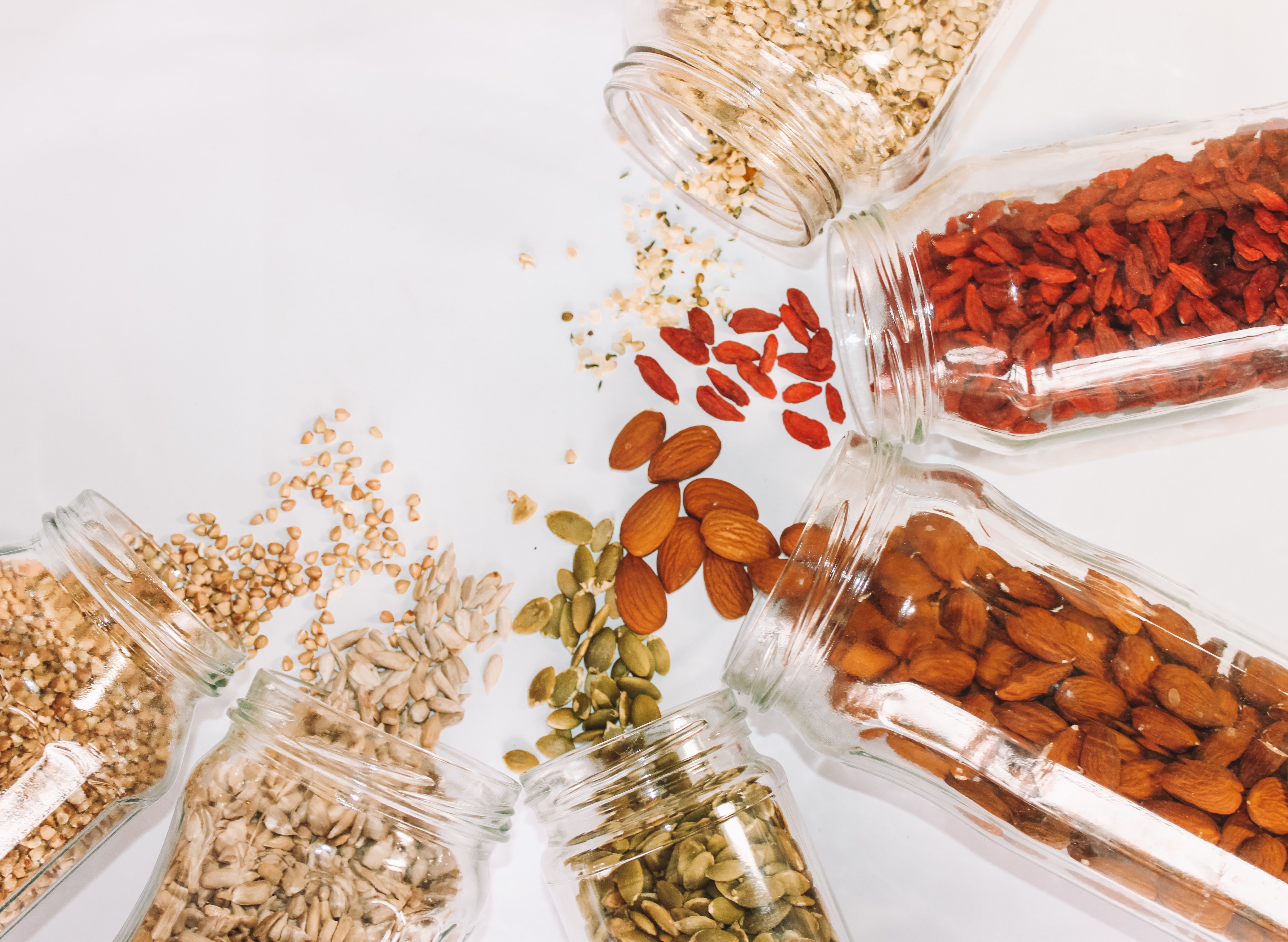Low-carb vs Keto diets: What's the difference?

Low-carb diets come in many shapes and sizes. One of the most popular is the keto diet. Find out about the differences between low-carb and keto diets and which one might suit you.
What is a low-carb diet?
A low-carb diet means less than 45% of your calories come from carbs. High carb foods such as bread, sugar, and many processed foods are cut out and replaced with protein rich foods and fats.
In general protein is used to give you the energy you need, which can help support muscle growth and also reduce your appetite. Protein calories are less fattening than the equivalent calories from carbs and fat, because protein takes more energy to metabolize. This means that low-carb diets can be very effective for weight loss. Importantly, you don’t have to cut down on the overall volume of food as you would for a low calorie diet or if you were intermittent fasting.
What is a keto diet?
A keto diet is a type of low-carb diet but instead of replacing carbs with protein it replaces them with fat. There’s also a lower carb allowance on a ketogenic diet.
For this diet you should get less than 10% of your calories from carbs which is less than 50g of carbohydrate a day. Over 70% of your carbs should be delivered by fat.
Fat is increased and carbs decreased in order to reach a state of “ketosis”. Ketosis is a process that happens in your body when it doesn’t have enough carbohydrates to use for fuel. Instead you start to burn fat to create ketones which can then be used to produce energy.
There is some research which suggests ketosis has health benefits, such as reducing the risk of heart disease. Many people also find that it helps boost their concentration and improves mental well-being. However, there are also some risks such as headaches, fatigue and dizziness, especially when you’re first adapting to the new diet.
Low-carb vs Keto diets
Overall a keto diet is more carb restrictive and higher in fat than a typical low-carb diet.
Here’s a comparison table:
Area |
Low-carb |
Keto |
|
Definition |
Limit carbohydrates and replace them with proteins or fats. |
Limit carbohydrates and increase fats in order to enter a state of ketosis. |
|
Carbohydrate allowance |
Carbohydrates should be less than 45% of your calory intake, approximately 50 -150g a day |
Carbohydrates should be less than 10% of your calory intake (~50g) and fats should be more than 70% of your calory intake. |
|
Protein allowance |
Protein intake is flexible, typically about 40% of your calory intake. |
Proteins need to be limited to ensure fat is burnt for energy and the body reaches ketosis. |
|
Restrictiveness |
You can eat most regular meals, just ask for the main carbohydrate (eg. rice, noodles) to be replaced with a low-carb alternative (eg. cauliflower rice, konjac noodles) |
You will need to eat a lot of high fat foods. You can eat restaurant meals without the carbs but you will need to supplement them with high fat drinks and keto snacks. |
Which is better for you?
The diet you choose will depend heavily on your lifestyle and goals.
Both diets can help with weight loss. A keto diet is likely to help you lose weight faster however, many people find it hard to maintain. If you’re looking to maintain a healthy weight over the long term a low-carb diet may well be the better option. Keto diets can also make it hard to build muscle due to the low protein intake.
If you’re looking to boost mental performance, or often feel sluggish after eating then a keto diet may be worth a try.
Low-carb pros and cons
Pros:
- Supports weight loss & reduces appetite
- Supports muscle gain
- Can be maintained long term
- Reduces consumption of processed food
Cons:
- Somewhat restrictive
- Low in fibre
- Can cause fatigue or lethargy
Keto pros and cons
Pros:
- Supports weight loss & reduces appetite
- Reduces consumption of processed food
- Linked to additional health benefits such as reduced heart disease and improved focus
Cons:
- Highly restrictive
- Low in fibre
- Some people experience “keto flu” especially when starting the diet
- Can rely heavily on animal products making it challenging for vegetarians and vegans
How to get started
If you’re going to try a keto diet, start by making a list of high fat foods that you like and would be happy to eat regularly. Make sure to cover breakfast, lunch, dinner and also include some keto-friendly snacks.
You will need to be patient and expect to spend at least 5 weeks settling in to your new diet. In particular it takes several days for the body to enter ketosis, and you may experience sluggishness and brain fog during this period. Give your body time to adjust. After 5 weeks your appetite for carbs should decrease and the diet will feel easier.
You should also consider getting a fibre supplement and multivitamin to ensure you aren’t losing out on any key nutrients on your new diet.
For both diets you will need to track what you’re eating. There are many apps that can support you with carb tracking such as my fitness pal. Another option is to get pre-portioned meals from a service like Powermeals, so that the carb content is spelled out on the label and you don’t need to add up different ingredients.
About Powermeals
If you want to try out a low-carb diet but aren’t sure where to start we can help! Subscribe to Powermeals and get 3 to 16 low-carb meals delivered direct to your door each week. Our low-carb meals are compatible with either a keto or low-carb diet. They contain on average 12g carbohydrate, 26g protein and 53g healthy fat. All the details are printed on the label.


